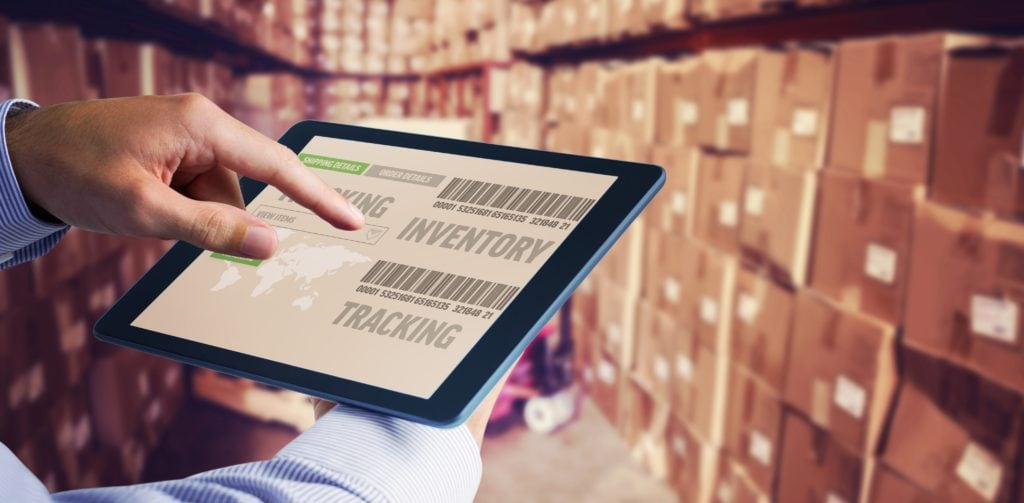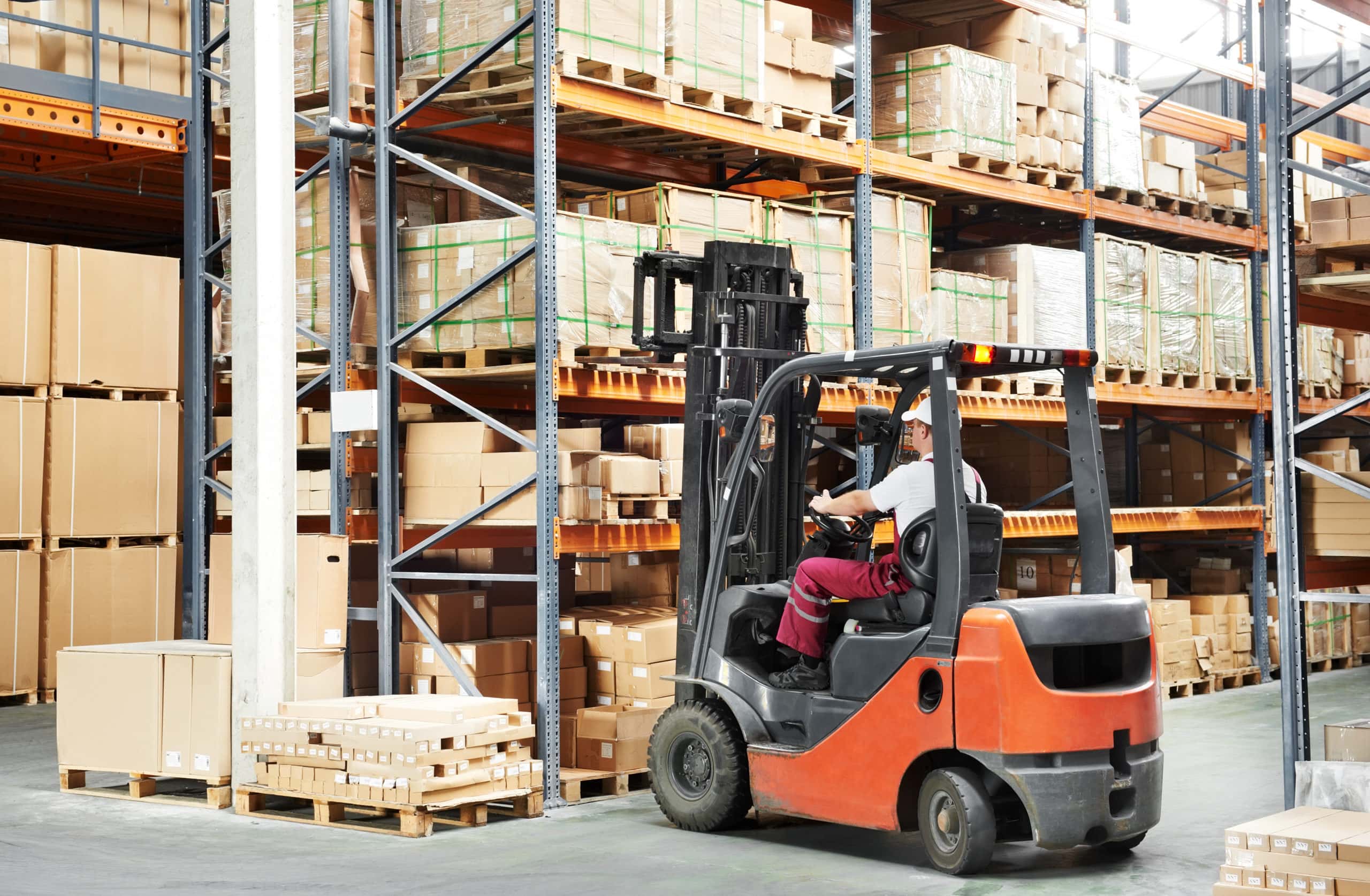Active vs. Passive RFID Systems
Leave a CommentActive vs. Passive RFID Systems
Radio frequency identification (RFID) is a wireless communication technology that utilizes radio frequency (RF) tags and a radio frequency reader to identify and track objects. It is used in many industries for various purposes, supply chain management, manufacturing, warehousing, access control, and industrial equipment automated identification.
There are two types of RFID systems
- Passive RFID systems and
- Active RFID systems
While both are RFID systems, they have distinct advantages and disadvantages that make them suitable for different applications. Below, we provide an overview of each of these RFID technologies to help you determine which one best suits your needs.
What Are Passive RFID Systems?
Passive RFID systems require three distinct components: A passive RFID label or tag, an antenna, and an RFID reader. RFID tags (labels) use an internal circuit to store information such as a pallet “license Plate” or other identification. The RFID reader sends out a signal through an antenna. When the signal is received by a passive RFID tag, it energizes the internal circuit of the passive tag and the internal circuit sends back a signal with the information stored in it. These tags are considered consumable/disposable and are very inexpensive. They are used by many companies today including retail, manufacturing and warehousing. The data can then be transferred to the user’s computer system, where it can be stored, analyzed, and/or reconciled.
Typical applications for these RFID systems include supply chain management, access control, file tracking, race timing, smart labeling, and more.
What Are Active RFID Systems?
Active RFID systems also utilize a minimum of 3 components: a reader, antenna and an RFID tag or label. A distinct difference from passive tags is the active tags are battery-powered tags that continuously broadcast their signal to the RFID antenna/reader. They are commonly used to track the real-time location of tagged assets in a more open area where antennas can be mounted for triangulation. Typical applications include construction sites, open manufacturing areas, public works facilities, and other areas that need security.
What Is the Difference Between Active and Passive RFID Systems?
As mentioned above, active and passive RFID systems have some similarities. For example, they both rely on radio frequencies to transmit information between the tags and the readers. Additionally, they are both used to protect people and assets. However, they also have many differences. Some of the main ways they differ include:
- Power source: Active RFID tags have an internal power source, while passive RFID tags are powered by a signal from the RFID reader.
- Signal availability: Active RFID tags are always on transmitting signals, while passive RFID tags are energized when a reader is within a certain range of a tag.
- Cost: Active RFID tags are relatively expensive ($25 to $50), while passive RFID tags are relatively inexpensive ($0.10 to $0.50).
- Longevity: Active RFID tags have a lifespan of 3 to 5 years, while passive RFID tags have an indefinite lifespan (depending on the environmental conditions).
- Size: Active RFID tags are large and bulky, while passive RFID tags are comparably small and compact.
- Embeddability: Active RFID tags cannot be easily embedded, while passive RFID tags can be easily embedded.
- Read Distance: Active tags continue to emit signals and it is hard to control the distance the signals travel. Passive tags do Not emit anything until a reader is in range to energize the tags eliminating some of the confusion over signals.
Learn More About RFID From the Experts at A-1 Packaging Solutions
Both active and passive RFID systems are a fantastic method of managing inventory or tracking assets. However, the longer service life, lower cost, and smaller size of passive RFID systems make them a more effective and efficient option for certain industries and applications.
To learn more about passive RFID systems, contact the experts at A-1 Packaging Solutions. Equipped with extensive experience working with RFID systems, we have the knowledge to answer or address any questions or concerns you may have.




